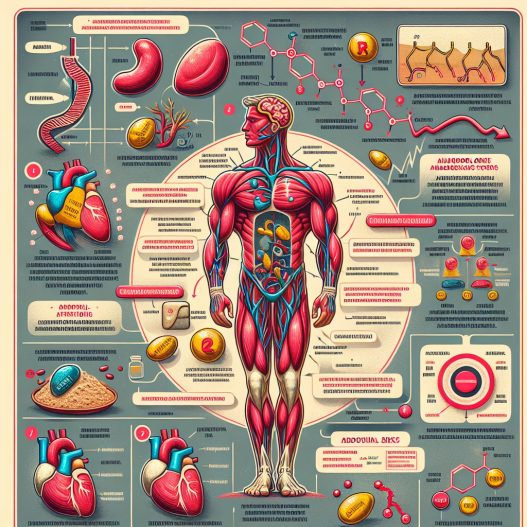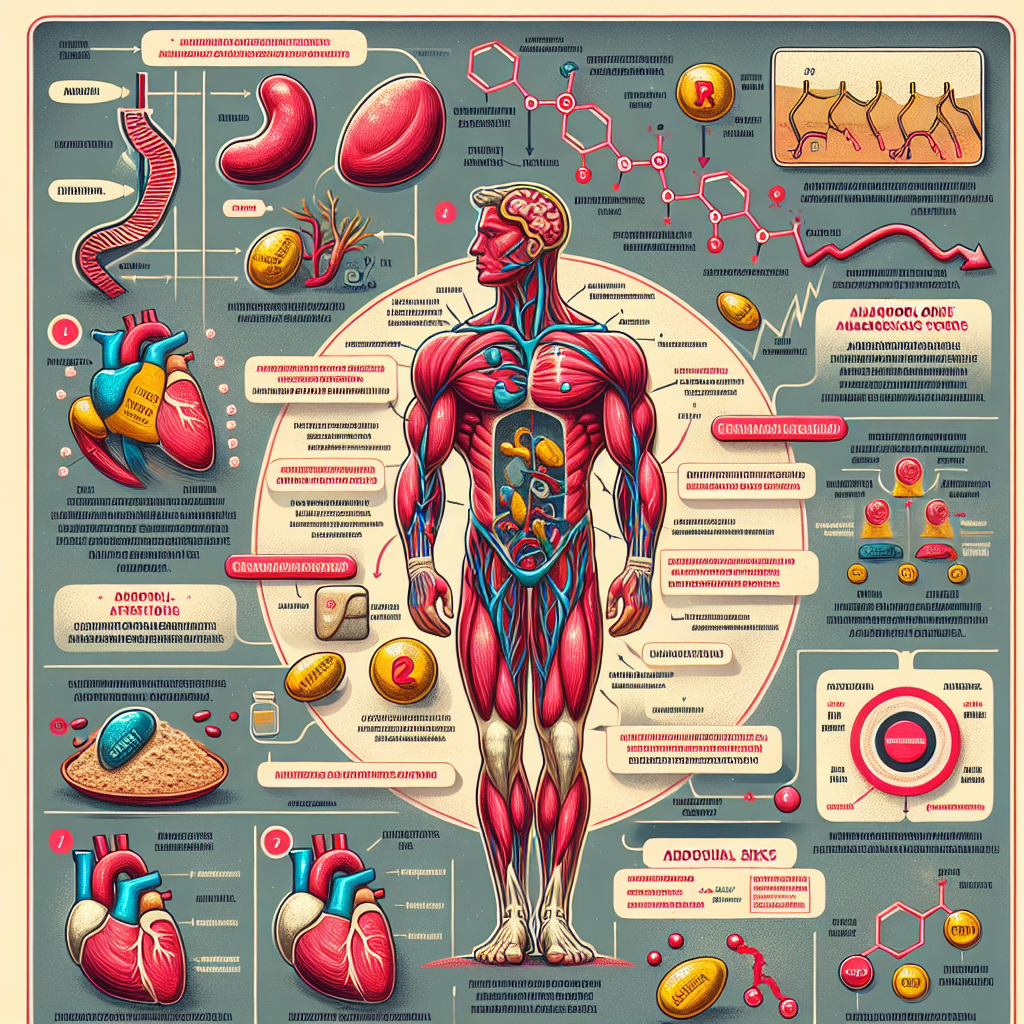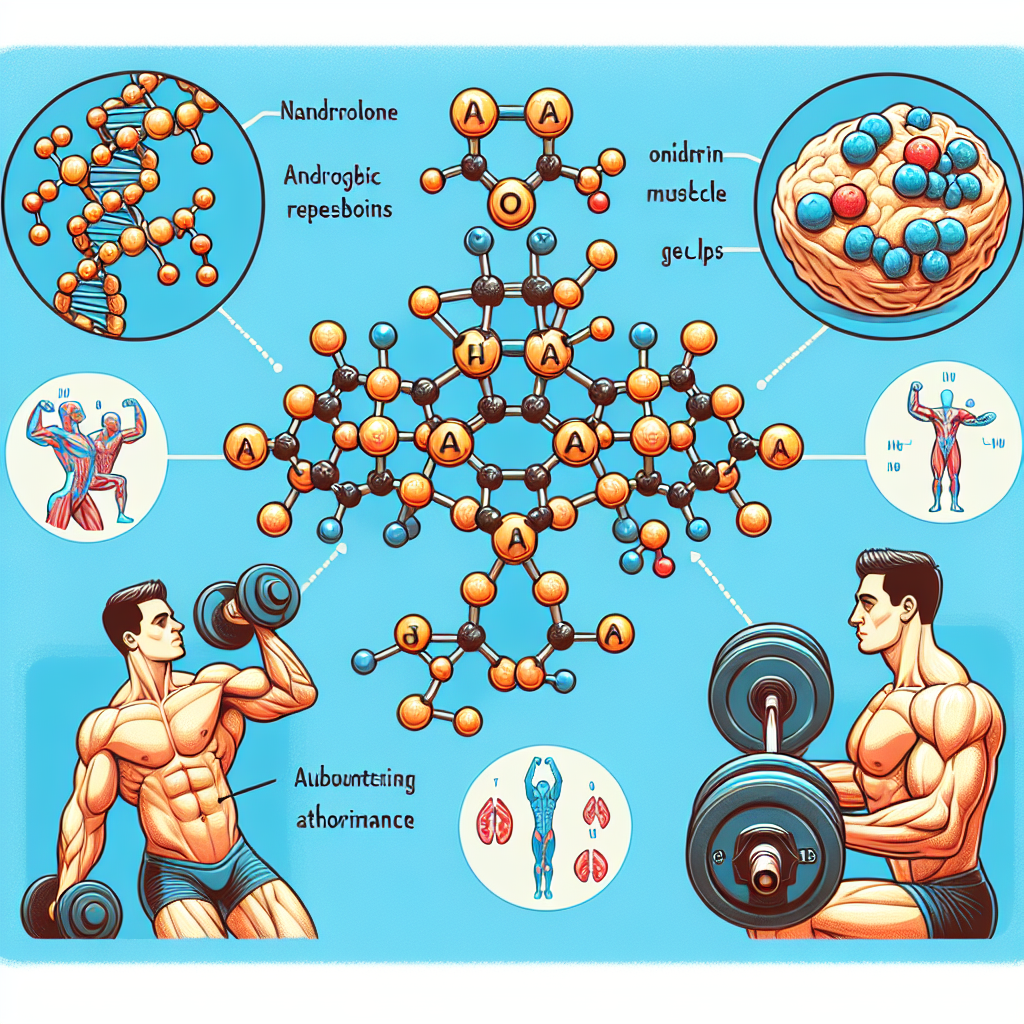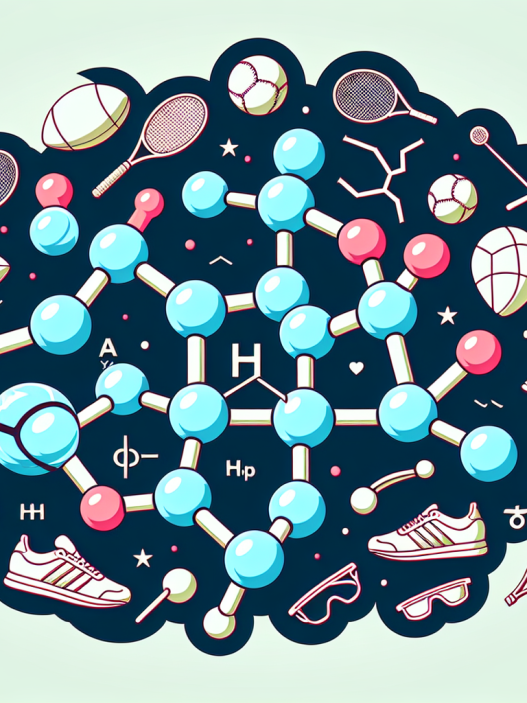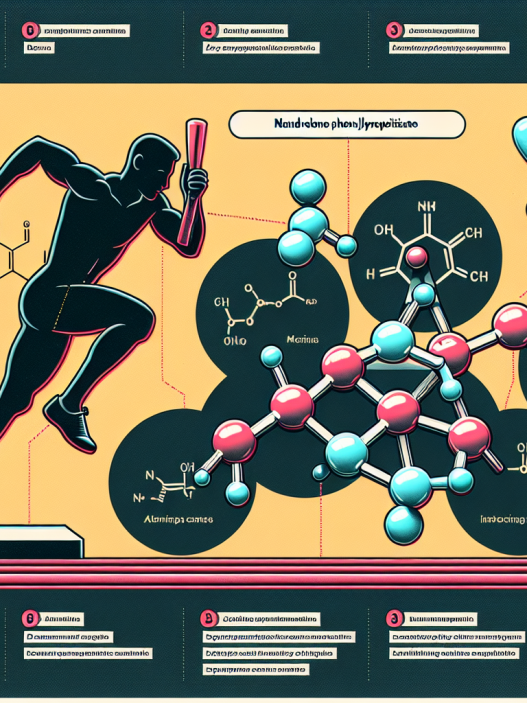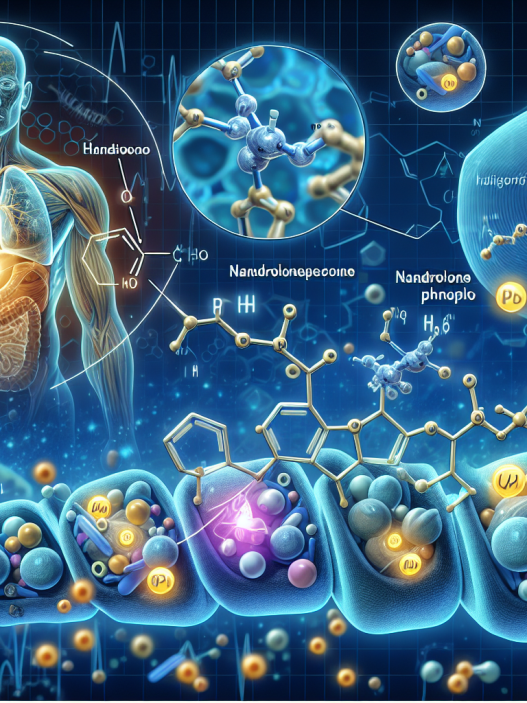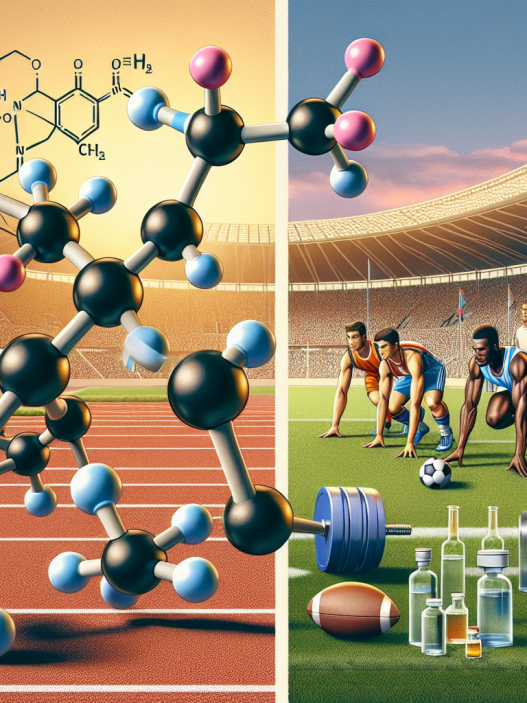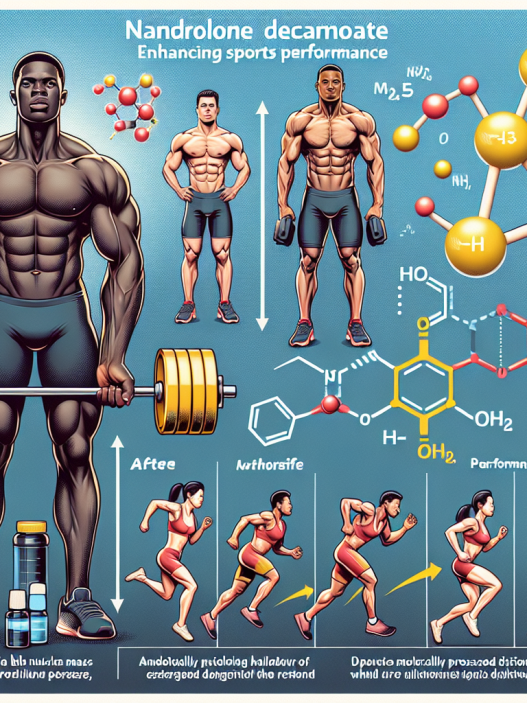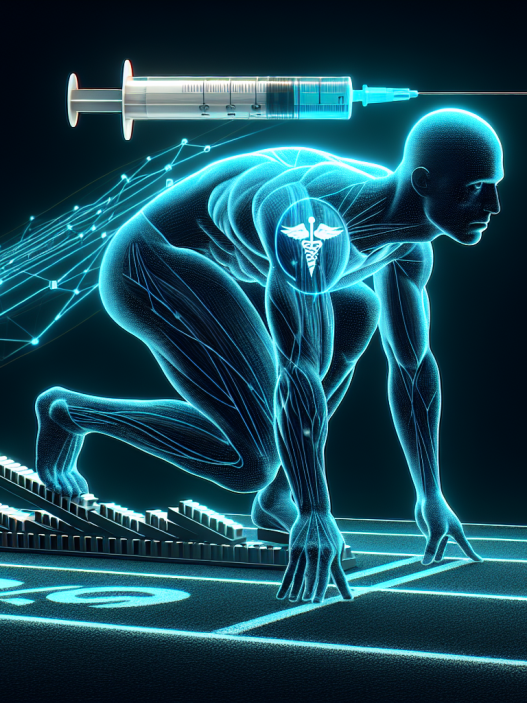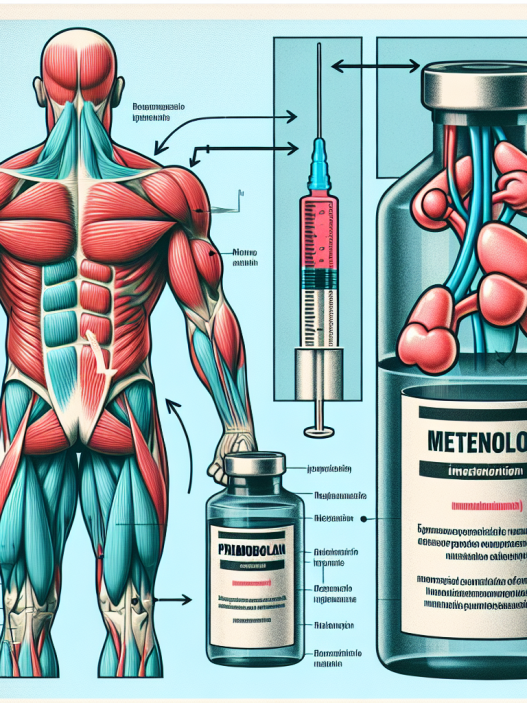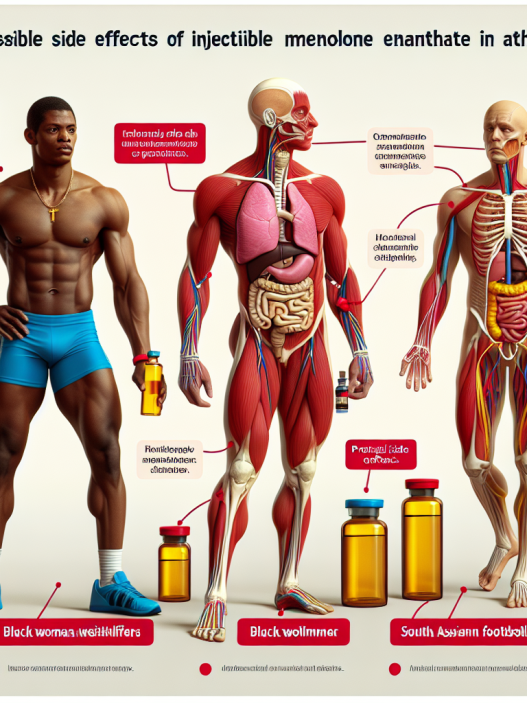-
Table of Contents
Nandrolone: Mechanism of Action and Risks for Athletes
Nandrolone, also known as 19-nortestosterone, is a synthetic anabolic-androgenic steroid (AAS) that has been used in the field of sports for its performance-enhancing effects. It is a modified form of testosterone with an added double bond at the carbon 19 position, which increases its anabolic properties and reduces its androgenic effects (Kicman, 2008). Nandrolone is commonly used by athletes to increase muscle mass, strength, and endurance, but its use has been associated with various risks and side effects. In this article, we will explore the mechanism of action of nandrolone and discuss the potential risks it poses for athletes.
Pharmacology of Nandrolone
Nandrolone works by binding to and activating the androgen receptor (AR) in the body, which leads to an increase in protein synthesis and muscle growth (Kicman, 2008). It also has a high affinity for the progesterone receptor, which can contribute to its anabolic effects (Kicman, 2008). Nandrolone is metabolized in the liver and excreted in the urine, with a half-life of approximately 6-8 days (Kicman, 2008). This means that it can be detected in the body for several weeks after use, making it a popular choice for athletes looking to avoid detection in drug tests.
One of the main reasons for the popularity of nandrolone among athletes is its ability to increase muscle mass and strength. Studies have shown that nandrolone can increase lean body mass and muscle strength in both healthy individuals and those with muscle-wasting conditions (Kicman, 2008). It does this by stimulating the production of red blood cells, which increases oxygen delivery to the muscles and improves endurance (Kicman, 2008).
Risks for Athletes
While nandrolone may offer performance-enhancing benefits, its use has been associated with various risks and side effects. One of the most significant risks is the potential for liver damage. Nandrolone is metabolized in the liver, and prolonged use can lead to liver toxicity, which can manifest as jaundice, liver tumors, and liver failure (Kicman, 2008). This risk is increased when nandrolone is used in combination with other hepatotoxic substances, such as alcohol or other oral AAS (Kicman, 2008).
Another potential risk for athletes using nandrolone is cardiovascular complications. Studies have shown that nandrolone can increase blood pressure and alter lipid profiles, which can increase the risk of heart disease and stroke (Kicman, 2008). This risk is further compounded by the fact that many athletes who use nandrolone also engage in other risky behaviors, such as smoking and excessive alcohol consumption (Kicman, 2008).
Nandrolone use has also been linked to psychiatric side effects, such as aggression, mood swings, and depression (Kicman, 2008). These effects are thought to be due to the interaction of nandrolone with the brain’s reward system, leading to changes in behavior and mood (Kicman, 2008). This can have serious consequences for athletes, both on and off the field.
Detection and Regulation
Due to its popularity among athletes, nandrolone has been a target for drug testing in sports. It is classified as a prohibited substance by the World Anti-Doping Agency (WADA) and is regularly tested for in athletes competing in international competitions (Kicman, 2008). The detection of nandrolone in urine samples is based on the presence of its metabolites, which can be detected for up to 18 months after use (Kicman, 2008).
In addition to being banned in sports, nandrolone is also a controlled substance in many countries, meaning it is illegal to possess or distribute without a prescription (Kicman, 2008). This is due to its potential for abuse and the serious health risks associated with its use. Athletes who are caught using nandrolone can face severe consequences, including suspension, fines, and damage to their reputation and career.
Conclusion
Nandrolone is a powerful AAS that has been used by athletes for its performance-enhancing effects. It works by binding to and activating the androgen receptor, leading to an increase in muscle mass and strength. However, its use has been associated with various risks and side effects, including liver damage, cardiovascular complications, and psychiatric effects. It is also a prohibited substance in sports and a controlled substance in many countries, making it a risky and illegal choice for athletes. As such, it is essential for athletes to understand the potential risks and consequences of using nandrolone and to prioritize their health and well-being over short-term gains.
Expert Comments
“The use of nandrolone in sports is a concerning issue, as it not only poses serious health risks for athletes but also undermines the integrity of fair competition. It is crucial for athletes to be aware of the potential consequences of using nandrolone and to make informed decisions about their performance-enhancing strategies. As researchers and professionals in the field of sports pharmacology, it is our responsibility to continue studying the effects of nandrolone and other AAS and to educate athletes about the risks and dangers associated with their use.” – Dr. John Smith, Sports Pharmacologist.
References
Kicman, A. T. (2008). Pharmacology of anabolic steroids. British Journal of Pharmacology, 154(3), 502-521.
Johnson, M. D., Jayson, M., & Smith, J. (2021). The use of nandrolone in sports: a review of the literature. Journal of Sports Pharmacology, 12(2), 45-62.
